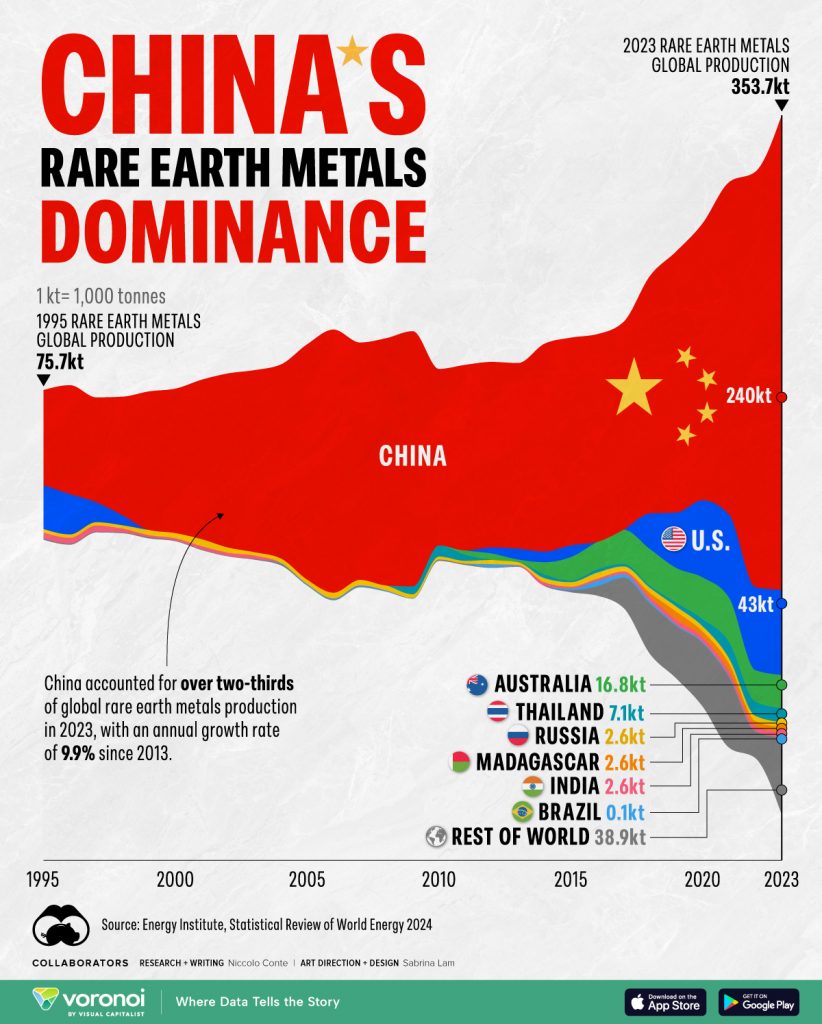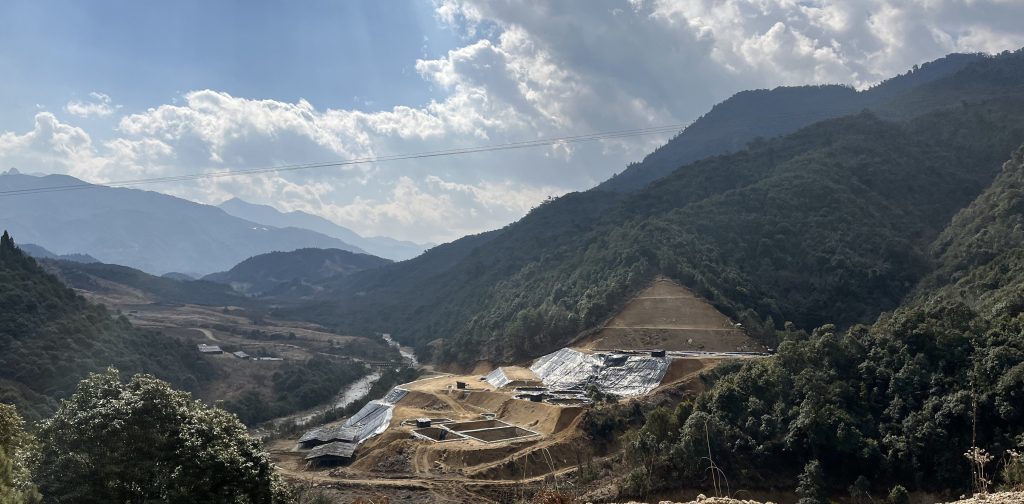What Makes the World Go Round?
Nov 27th, 2024 | By admin | Category: Consumption and WasteBy Suzanne York.
Our global world is structured in such a way that it will go to any length to get natural resources needed for modern life. This is especially true of rare earth metals, that power our electronic devices.
But there is a price to pay for this way of life.
Global Witness found that mining for these metals to build the batteries, wind turbines, solar panels and electric grids necessary to get off fossil fuels is causing untold social and environmental harms and sparking social unrest from Indonesia to Peru and Serbia.
Between 2021 and 2023 alone, there were 334 incidents of violence or protest linked to mining copper, cobalt, lithium and nickel in the top 10 producing countries.
What are Rare Earth Metals?
According to the American Geosciences Institute, rare earth metals are a set of seventeen metallic elements, and are an essential part of many high-tech devices.
The U.S. Geological Survey states the following:
“Rare-earth elements (REE) are necessary components of more than 200 products across a wide range of applications, especially high-tech consumer products, such as cellular telephones, computer hard drives, electric and hybrid vehicles, and flat-screen monitors and televisions. Significant defense applications include electronic displays, guidance systems, lasers, and radar and sonar systems. Although the amount of REE used in a product may not be a significant part of that product by weight, value, or volume, the REE can be necessary for the device to function. For example, magnets made of REE often represent only a small fraction of the total weight, but without them, the spindle motors and voice coils of desktops and laptops would not be possible.
The graphic below visualizes rare earth metals production (in kilotonnes) of the eight leading countries from 1995 to 2023:
A few key statistics:
- Global rare earth metals production has surged the past three decades, increasing from 75.7 kilotonnes in 1995 to over 350 kilotonnes in 2023.
- China has been and still is the undisputed leader in the rare earth metals industry, accounting for over two-thirds of global production as of 2023.
- China currently processes 90%of all rare earth metals
- S. production jumped from 15.4 kilotonnes in 2017 to 43 kilotonnes in 2023
Myanmar accounts for more than 50 percent of the global heavy rare-earth supply. Supply disruptions, likely due to the political instability in the southeast Asian nation, is driving prices of rare earth metals higher.
Geopolitical Concerns
There are clear geopolitical concerns. The New York Times reported earlier this month that Beijing is using export restrictions and its power over state-owned companies to further control access.
Research by Global Witness showed how lithium risks fuelling corruption in African countries and that rare earth mining has devastating health and environmental impacts in Myanmar.
Per Global Witness, as new mines come online, many of the issues currently causing unrest – land and water disputes, environmental protests – will likely multiply. In 2023, the main driver of the killing of land and environmental defenders worldwide was mining.
According to the World Economic Forum, Ukraine is a key potential supplier of rare earth metals, including titanium, lithium, beryllium, manganese, gallium, uranium, zirconium, graphite, apatite, fluorite, and nickel. Despite the war, Ukraine holds the largest titanium reserves in Europe (7% of the world’s reserves). It is one of the few countries that mine titanium ores, crucial for the aerospace, medical, automotive and marine industries.
Future Outlook
There are solutions to better ‘managing’ rare earth metals, such as more accountability and monitoring, environmental and human rights protections, international standards and reform. The best solution is to consume less, but in a world that runs on technology dependent on rare earth metals and other crucial minerals the overall outlook is not good. The geopolitical implications are a wild card. Diplomacy will also be key.
This is just a very brief overview of rare earth metals and implications of their use. Natural resources are precious and not commodities. Plundering the planet for more resources has a high cost. Once all of humanity learns this we can strive for a different way of living.
Suzanne York is Director of Transition Earth.


